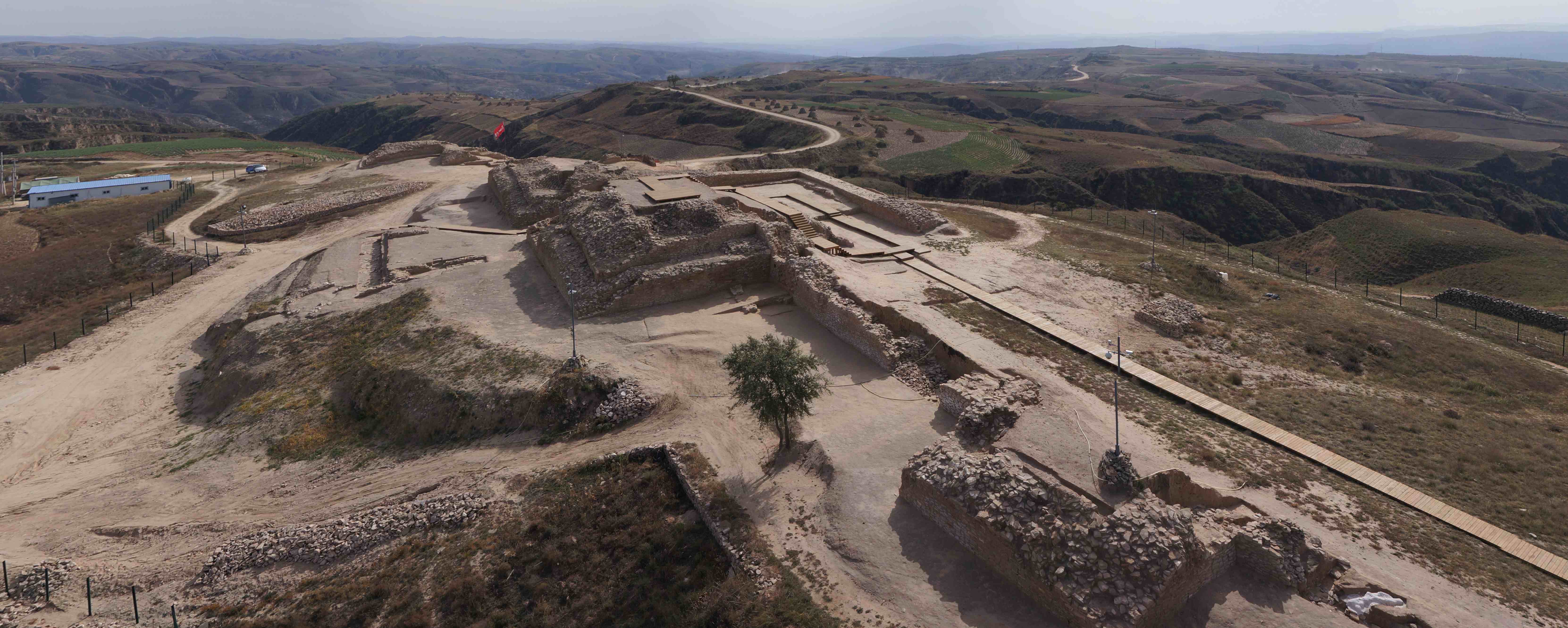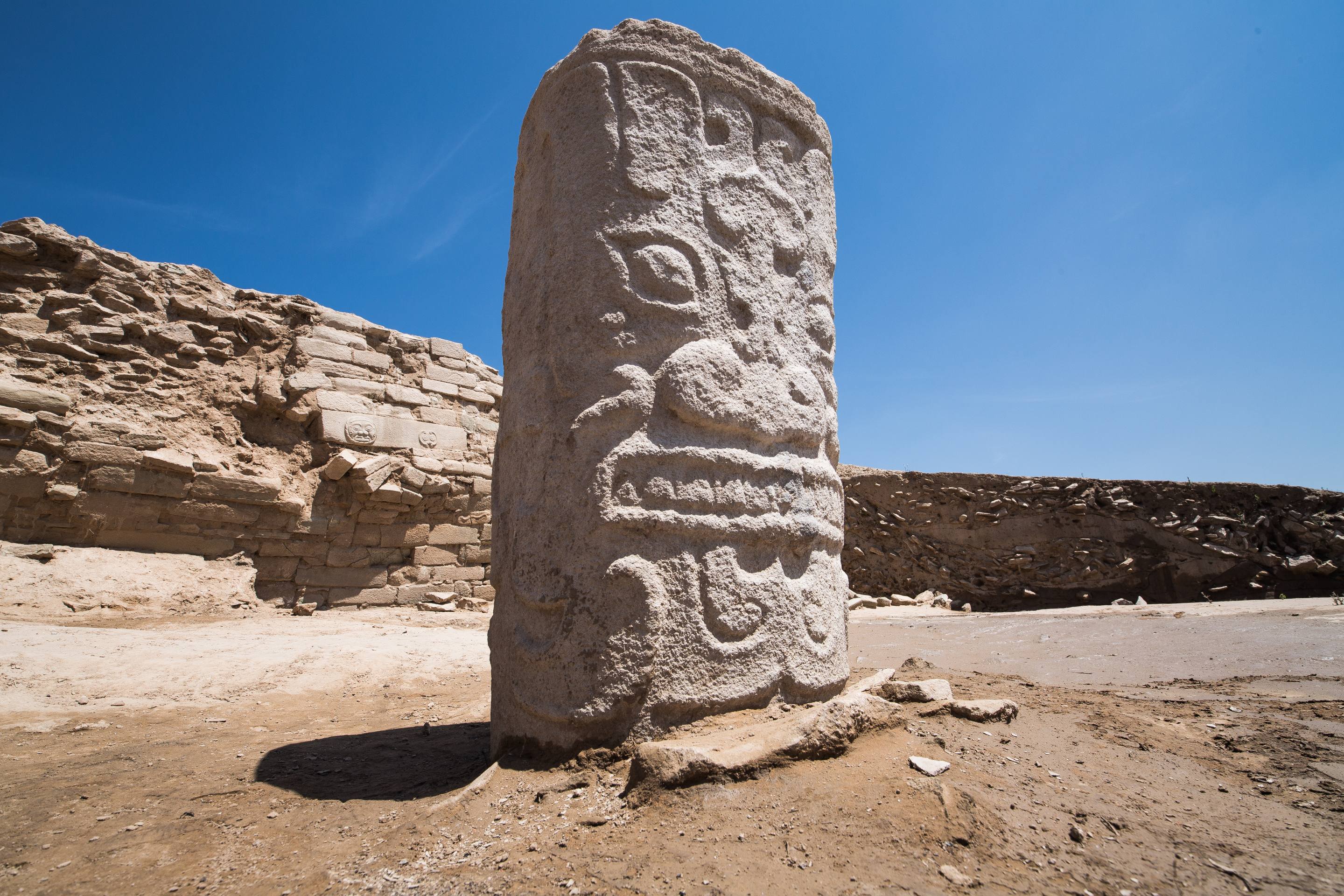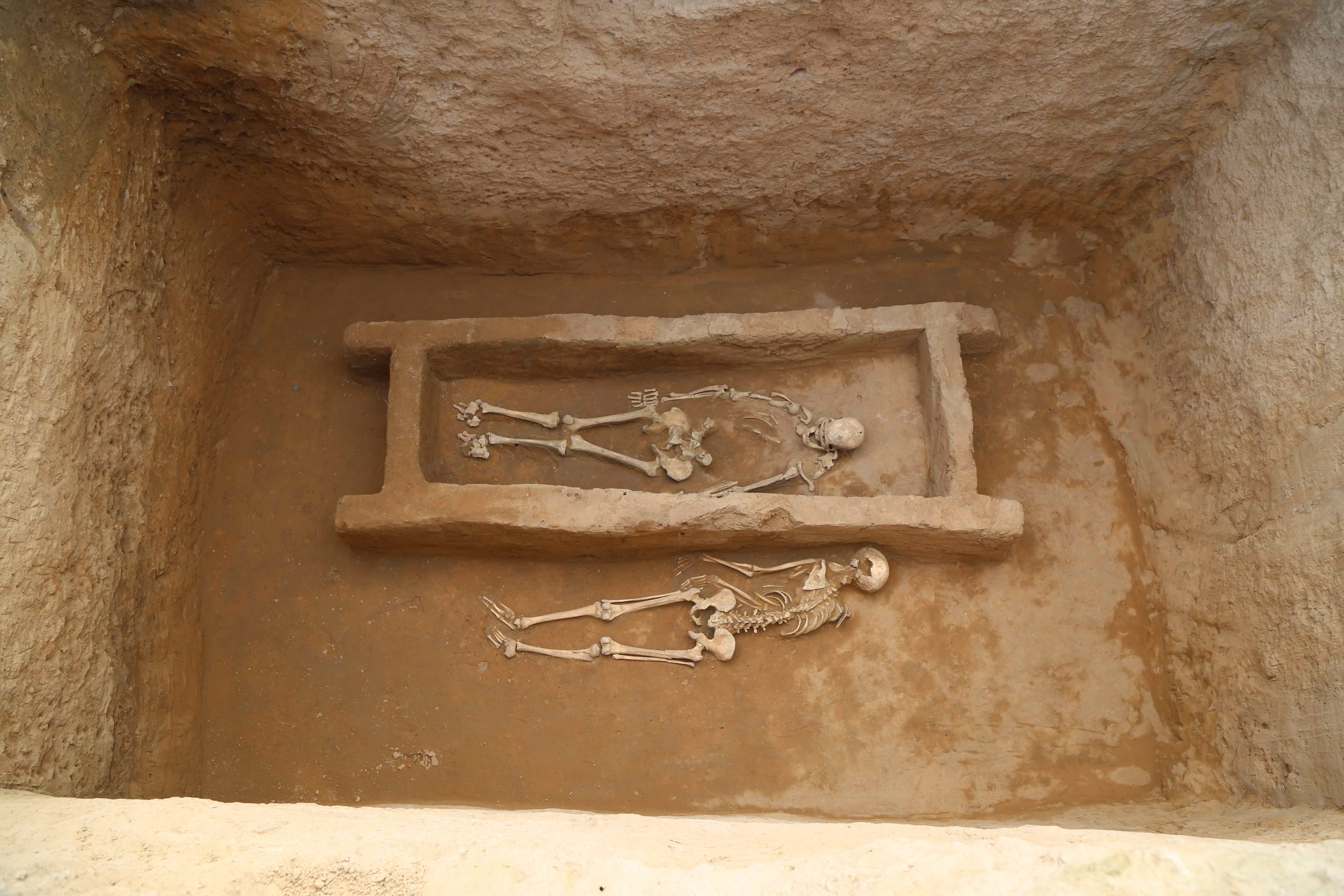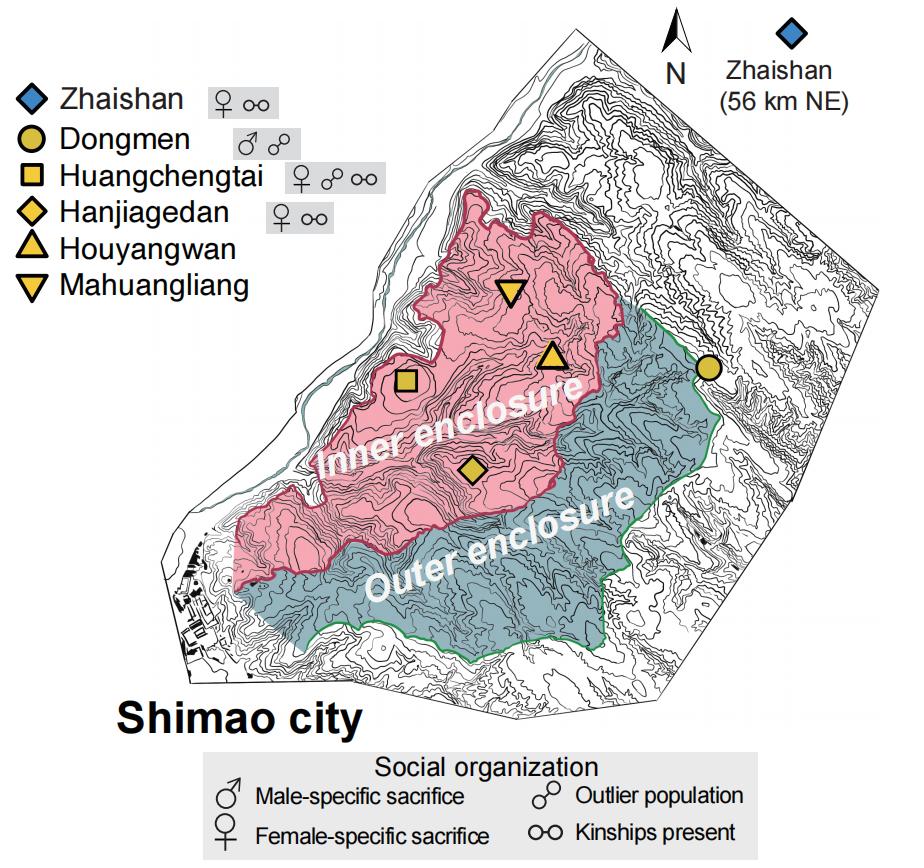
A new study published in Nature on November 26 has shed light on the origins, population structures, and kinship systems of the people of Shimao—one of China's most significant late Neolithic settlements. Analyses of ancient DNA from individuals who inhabited the site reveal genetic links to southern settlements, while also providing evidence of male mass burials associated with human sacrifice.
Led by Prof. FU Qiaomei from the Institute of Vertebrate Paleontology and Paleoanthropology (IVPP) of the Chinese Academy of Sciences, the research was conducted in collaboration with the Shaanxi Provincial Academy of Archaeology and other institutions. The team spent 13 years carrying out large-scale, high-resolution nuclear genome analysis on 169 ancient human samples (144 unrelated individuals) collected from Shimao and surrounding sites, as well as the southern Shanxi region.
Dating to approximately 4200–3700 years before the present, the Shimao site is a massive, clearly socially stratified late Neolithic settlement located in northern Shaanxi Province, China. Encompassing roughly four square kilometers, the stone-walled settlement features distinct functional zones, alongside archaeological evidence of social organization and human sacrifice.
By comparing newly generated genomic data with previously published ancient DNA data from other Chinese populations, the researchers found that the Shimao people were predominantly descended from local groups that inhabited the region roughly 1,000 years earlier. Further analysis revealed cultural and genetic connections to Yangshao Culture—an iconic Neolithic civilization centered on the Yellow River's Loess Plateau—offering key insights into the possible origins of the Shimao population.
Additionally, around 80 human skulls were found at the East Gate location. In contrast, no other archaeological site in China produced such a large number of human skulls before the late Shang. The study's genetic analysis reconstructed family pedigrees spanning up to four generations within Shimao society, uncovering a social hierarchy organized around patrilineal descent and patrilocal residence.
The research also challenges long-held assumptions about the gender of sacrificial victims at Shimao's East Gate. Contradicting prior hypotheses that female individuals dominated these sacrifices, genetic evidence shows that nine out of ten burials at the site were male. The study identified a clear sex-specific pattern: Male sacrifices were concentrated at the East Gate, while female sacrificial remains were associated with elite cemeteries such as Huangchengtai and Hanjiagedan. This suggests Shimao's sacrificial practices were highly structured, with gender-specific roles tied to distinct ritual purposes and locations.
This study provides genetic evidence that the Shimao cultural populations primarily originated from local Yangshao cultural ancestry in northern Shaanxi, establishing both regional cultural and genetic continuity for at least a millennium. It also reveals close genetic and cultural connections between the Shimao people and populations associated with Taosi Culture (southern Shanxi), steppe Yumin-related groups, and southern rice-farming communities—highlighting extensive interactions and exchanges among prehistoric farming and pastoral communities.
Furthermore, the study offers the first direct genetic evidence for exploring power inheritance models and the composition of ruling families and social strata in the origins of early East Asian states.

The landscape of Shimao city. (Image by IVPP)

Carving stone at Shimao city. (Image by IVPP)

High-level burial (tomb 2020M4) at Zhaishan site (a tomb owner and a sacrificed victim). (Image by IVPP)

Geographic locations and Temporal distribution of newly sampled archaeological sites. (Image by Prof. FU Qiaomei's team)

Map of sites within Shimao city. (Image by Prof. FU Qiaomei's team)

86-10-68597521 (day)
86-10-68597289 (night)

52 Sanlihe Rd., Xicheng District,
Beijing, China (100864)

